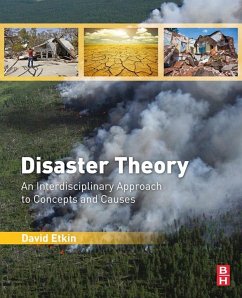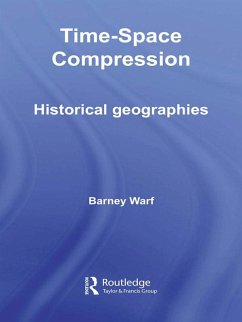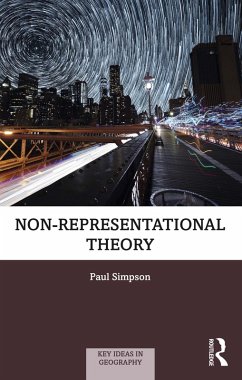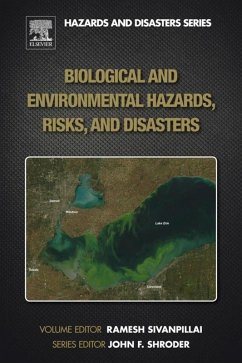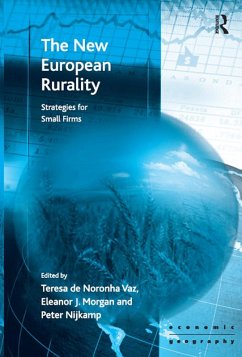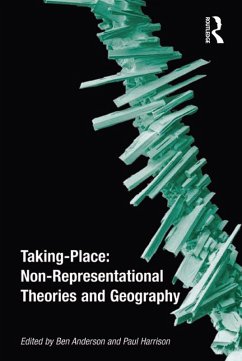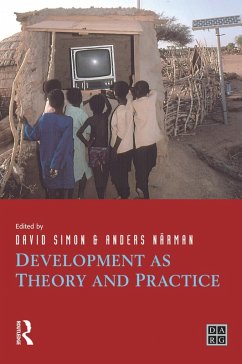
Symmes's Theory of Concentric Spheres (eBook, ePUB)
Demonstrating that the Earth is hollow, habitable within, and widely open about the poles
Sofort per Download lieferbar
0,49 €
inkl. MwSt.
Weitere Ausgaben:

PAYBACK Punkte
0 °P sammeln!
Symmes's Theory of Concentric Spheres is an intriguing anthology that delves into the realms of speculative thought and imaginative exploration, intertwining literary styles ranging from historical essays to fictional narratives. At its core, the collection magnifies the intricate notions of hollow Earth theories, particularly the concept of concentric spheres, a theme that resonates throughout each piece. The diversity of works highlights the blend of scientific curiosity with literary creativity, each contributing to a tapestry of speculation and discovery. Notable works within the anthology...
Symmes's Theory of Concentric Spheres is an intriguing anthology that delves into the realms of speculative thought and imaginative exploration, intertwining literary styles ranging from historical essays to fictional narratives. At its core, the collection magnifies the intricate notions of hollow Earth theories, particularly the concept of concentric spheres, a theme that resonates throughout each piece. The diversity of works highlights the blend of scientific curiosity with literary creativity, each contributing to a tapestry of speculation and discovery. Notable works within the anthology challenge the boundaries of traditional scientific discourse, offering a distinctive look at the notion of unexplored worlds beneath our feet. The collection features the collective insights of authors like James McBride and John Cleves Symmes, whose writings converge to illuminate the anthology's central theme. These contributors, hailing from varied historical and cultural backgrounds, reflect different epochs in the evolution of speculative sciences and literature. Their combined narratives draw upon the fervor of 19th-century exploration and the intellectual movements that encouraged imaginative reckoning of Earth's mysteries, thereby weaving a rich context for the reader's exploration. The anthology stands as a testament to the persistent human quest for knowledge and understanding. For readers seeking an intellectual expedition through a kaleidoscope of speculative narratives and conjectural science, Symmes's Theory of Concentric Spheres offers an indispensable journey. The anthology serves as both a fascinating dive into historical and cultural contemplations of our planet and an educational resource for appreciating diverse literary articulations. It invites readers to engage with the dialogical interplay of ideas, prompting reflections on how varied perspectives can collectively enrich an understanding of complex themes. This volume is an essential addition to the libraries of those who appreciate the fusion of science and fiction, historical context, and literary innovation.
Dieser Download kann aus rechtlichen Gründen nur mit Rechnungsadresse in A, B, BG, CY, CZ, D, DK, EW, E, FIN, F, GR, H, IRL, I, LT, L, LR, M, NL, PL, P, R, S, SLO, SK ausgeliefert werden.





